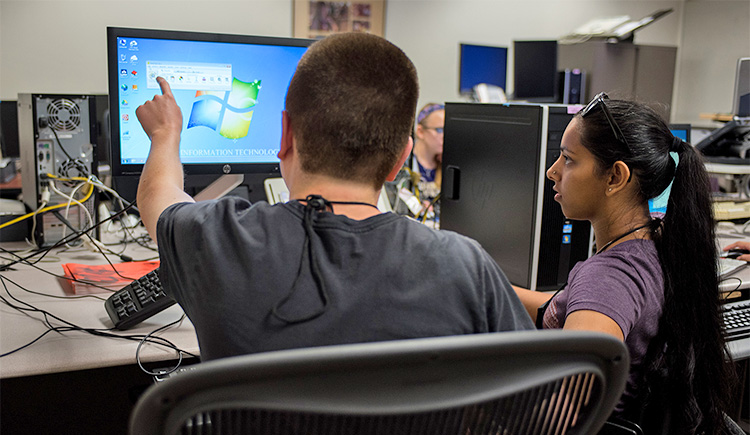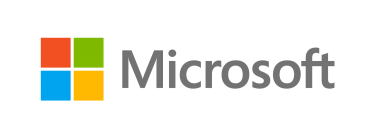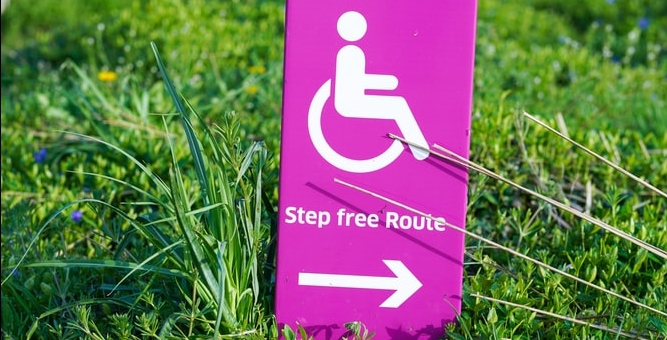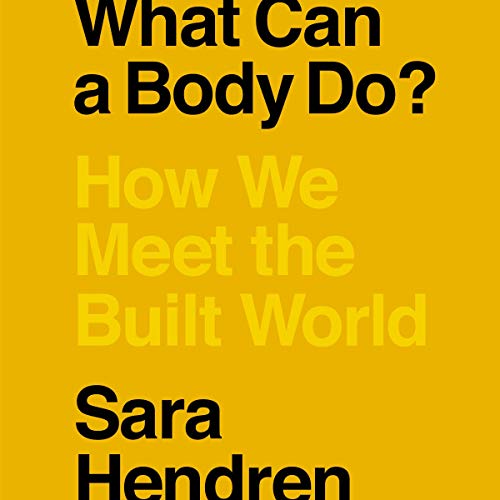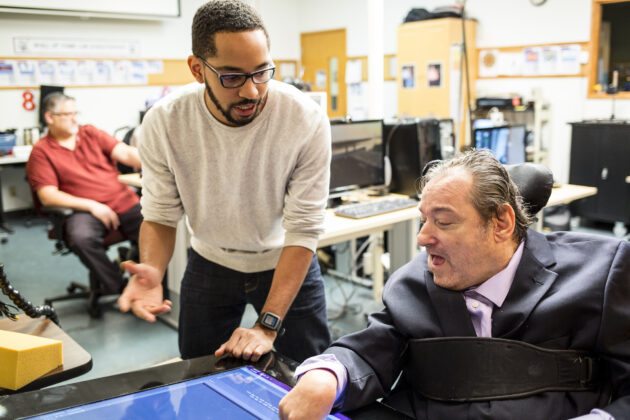Anat Caspi, CREATE’s Director for Translation, participated in a panel discussion on the future of assistive technology and how recent innovations are likely to affect the lives of people with disabilities.
Read on to find out what Caspi had to say about how industry and education can and should shape future AT. For the full Provail Assistive Technology Panel discussion, watch the video below.
On what’s the biggest recent game-changer, Caspi noted that larger companies have recognized the importance of inclusive design and the need for multi-modal platforms, data standards, and the ability of Android, iOS and Microsoft platforms to offer integrated access functionality, not just at the single application level but throughout the entire operating system. While speech generation technology is evolving to include natural language processing such as gesturing and inflection and interaction devices like eye-gaze and pupil tracking, Caspi looks forward to communication devices being used to manipulate 3-D interaction in physical space as well as VR/AR.
With increased accessibility to prototyping, organizations and educators need to be reaching out to high school students and introduce them to design thinking and inclusive design.
Anat Caspi, CREATE Director for Translation, Director of the Taskar Center for Accessible Technology
Caspi noted that small-scale innovation, as encouraged by the maker and DIY movements, can be adopted by niche as well as large-scale markets thanks to a game-changing trend in consumer electronics markets: the availability of cheap sensing technologies and the popularity of what’s commonly known as Internet of Things. With increased accessibility to prototyping, organizations and educators need to be reaching out to high school students and introduce them to design thinking and inclusive design. Recently, there is a trend even among the larger technology organizations to create the introductory tools and educational materials at scale in order to gain a steadier audience and attract a more diverse group of future engineers and innovators.
Further, the future will see assistive technology designed for a team — not just the primary user but also their support network: caregivers, parents, and therapists.
The panel’s sponsor, PROVAIL, is a non-profit based in western Washington that provides therapy and active living services for people with mild to severe disabilities, for whom service options and resources are often limited.
